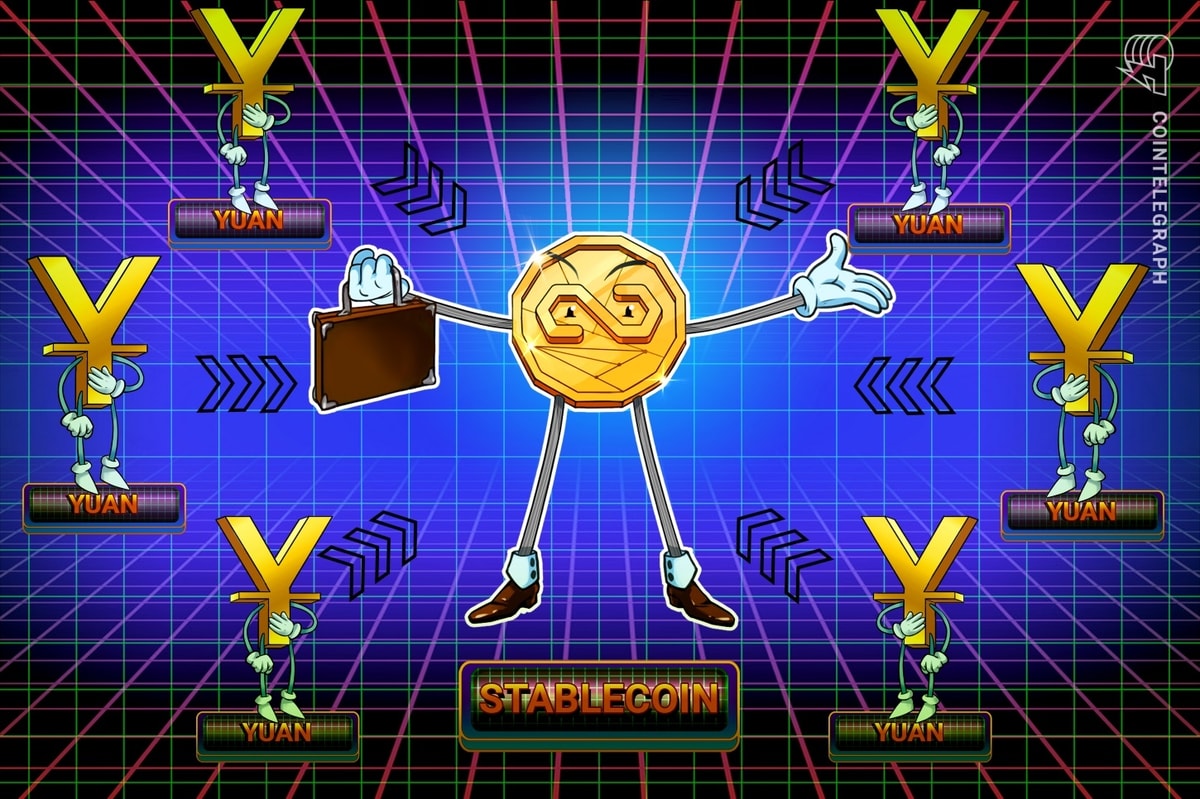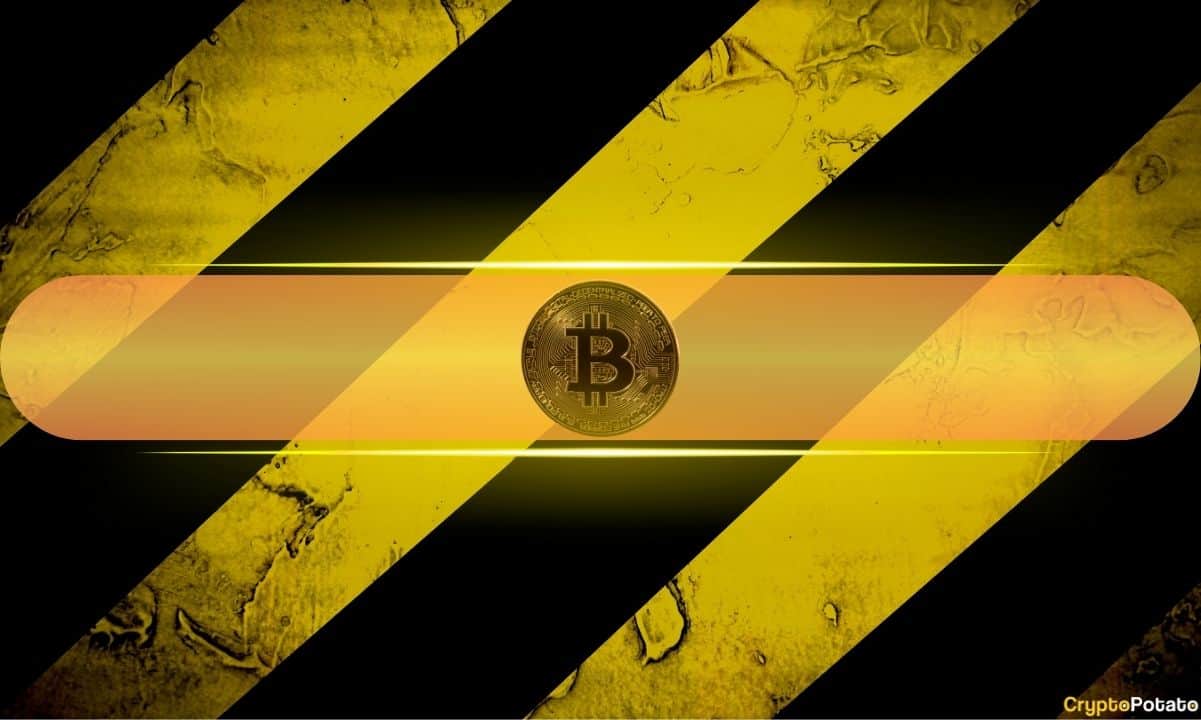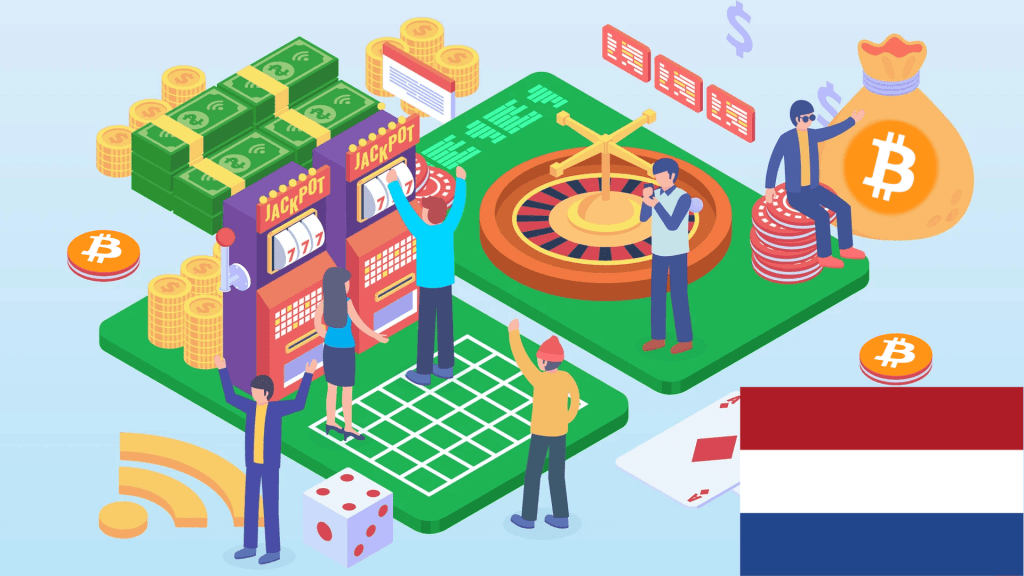Financial emergencies can strike at any time—job loss, medical bills, or natural disasters. For many people, accessing quick funds is difficult. Banks may take days to approve loans, and credit scores often stand in the way. This is where DeFi emergency loans are changing the game. These blockchain-based lending systems offer fast, borderless, and permissionless financial aid.
Let’s explore how real-time crypto aid works, how blockchain microloans are distributed, and why decentralized finance (DeFi) is becoming a life-saver during crises.
What Are DeFi Emergency Loans?
DeFi emergency loans are short-term loans offered through decentralized finance platforms. They work without traditional banks or middlemen. Instead, users borrow directly from liquidity pools on blockchain networks like Ethereum, Polygon, or Solana.
Here’s what makes them different:
- No credit checks
- Fast approval and transfer
- Global accessibility
- Collateral-based or undercollateralized models
Borrowers use crypto as collateral or sometimes rely on reputation scores from Web3 identity tools. The process is automated using smart contracts, which means funds can be released within minutes.
How Real-Time Crypto Aid Works
Unlike traditional financial systems, real-time crypto aid operates 24/7. There are no business hours or bank holidays. Anyone with a crypto wallet and internet access can apply.
Here’s a basic step-by-step example:
- Connect wallet to a DeFi platform (like Aave, Compound, or Goldfinch).
- Select loan terms (amount, interest, repayment period).
- Provide collateral (usually in crypto like ETH, DAI, or USDC).
- Smart contract executes and sends funds instantly.
- Repay loan within the set timeframe to retrieve collateral.
This system allows people in need—especially in underserved regions—to get quick access to funds when it matters most.
The Rise of Blockchain Microloans
Blockchain microloans are small-sized loans, often under $1,000, given through DeFi platforms. These are particularly useful in areas where banks are scarce, or paperwork is a problem.
They are commonly used for:
- Emergency healthcare
- Small business repairs
- School or tuition payments
- Daily survival during inflation
Unlike banks, which often charge high fees for small loans, blockchain-based platforms offer fairer rates and fewer restrictions. Some platforms even allow community voting on who receives funding, adding a social layer to DeFi.
Key Advantages of DeFi Emergency Loans
Feature | Traditional Loans | DeFi Emergency Loans |
Approval Speed | Days or weeks | Minutes |
Credit Checks | Required | Not required |
Accessibility | Limited to region and status | Global, open to all |
Loan Size Flexibility | Often large minimum amounts | Microloans available |
Operating Hours | Business hours only | 24/7 availability |
Control & Transparency | Centralized and opaque | Decentralized and visible |
This comparison shows why real-time crypto aid is gaining popularity in the global South and disaster-prone regions.
Real Use Cases Around the World
- Philippines typhoon relief: DeFi microloans helped local communities rebuild homes and buy essential supplies.
- Nigeria’s inflation crisis: Blockchain loans provided people with stablecoins to hedge against the falling naira.
- Ukraine conflict: Emergency crypto loans supported refugees in need of food, transport, and shelter.
These examples show that DeFi is not just about investing—it’s about survival.
Risks and Things to Consider
Even though DeFi emergency loans offer great benefits, they are not risk-free. Some challenges include:
- Volatile collateral: Crypto values can drop suddenly, leading to liquidation.
- Smart contract bugs: Coding flaws can be exploited.
- Lack of legal support: No legal protection if something goes wrong.
- Overborrowing: Easy access may tempt users to take on more than they can repay.
Users must research platforms, understand the risks, and borrow responsibly.
Popular Platforms Offering DeFi Emergency Loans
Platform | Loan Type | Special Feature |
Aave | Collateral-based loans | Flash loans, variable interest |
Goldfinch | Under-collateralized | Reputation-based lending |
Kiva Protocol | Blockchain microloans | Focus on developing countries |
Compound | Algorithmic lending | Governance token system |
Maple Finance | Business emergency loans | Institutional lending support |
Each platform has its own model. Some focus on peer-to-peer loans, while others create lending pools for businesses and NGOs.
Crypto-powered emergency loans are changing the way we think about financial aid. Through DeFi emergency loans, people can now access funds quickly and fairly—without waiting days, without paperwork, and without bias.
As real-time crypto aid becomes more common, we may see a future where no one is left without options during a financial crisis. From blockchain microloans for farmers to instant disaster relief for families, DeFi is becoming a powerful tool for human good.
But as always, education and responsible use are key. In the world of decentralized finance, knowledge is the first form of security.
Remember, investing in cryptocurrencies involves risks, and it’s important to conduct thorough research and seek professional advice before making any financial decisions. (Please keep in mind that this post is solely for informative purposes and should not be construed as financial or investment advice.)

















 English (US) ·
English (US) ·